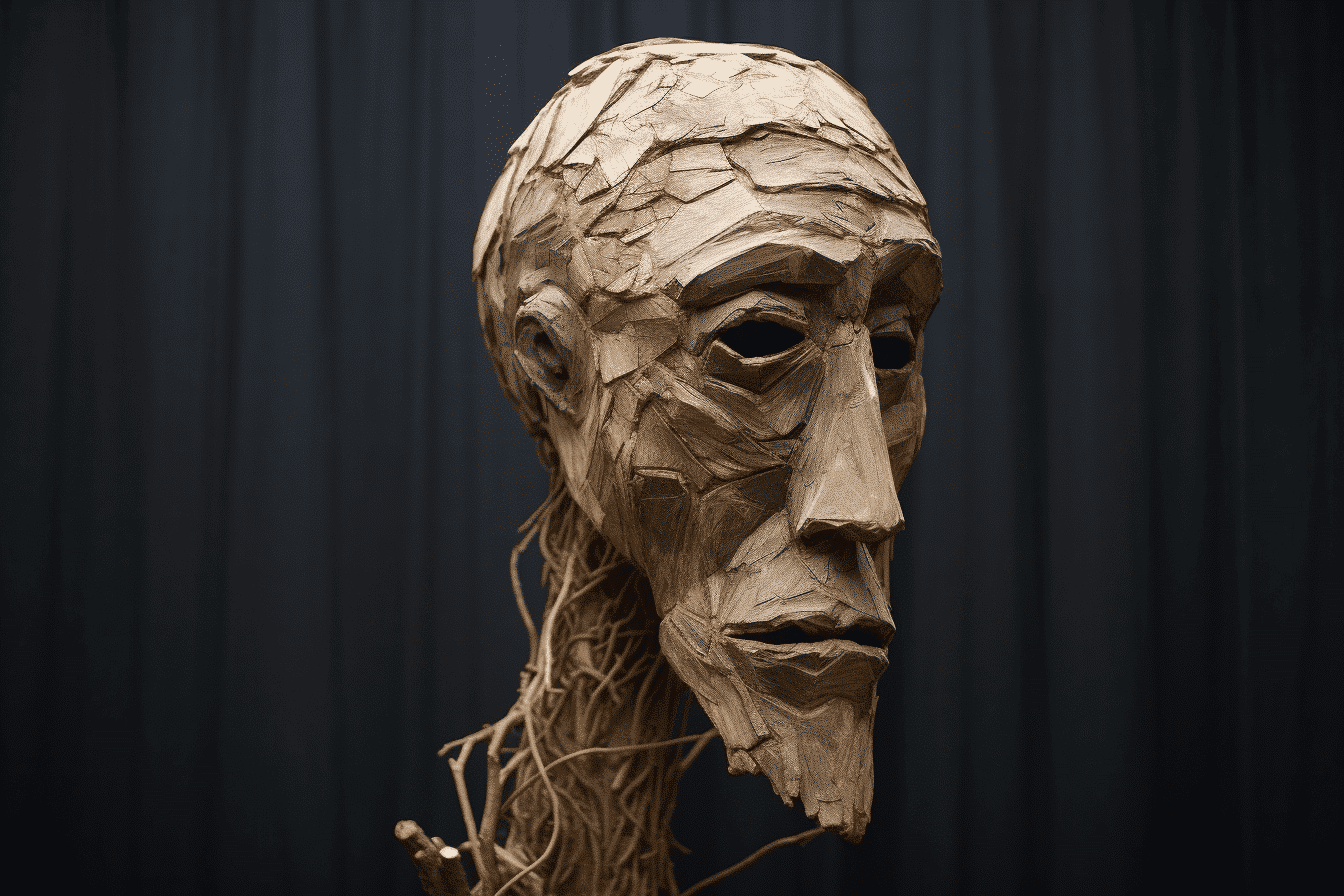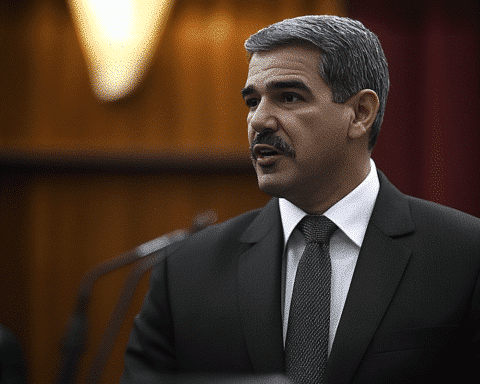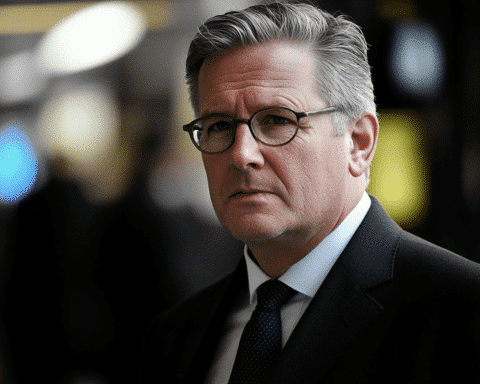An elderly couple’s legal dispute over a rare Gabonese mask valued at a staggering $4.6 million has reached a disheartening conclusion in a French court. This captivating case revolves around selling the mask for a mere €150 ($165) to an art dealer, who auctioned it for a fortune. Accusations of a lack of transparency and consent have been at the forefront of the battle, and the court’s verdict carries profound implications for the art world.
In September 2021, the couple, identified as Mr. and Mrs. Fournier, sold their cherished mask, inherited from Mr. Fournier’s grandfather, to a second-hand dealer for a modest sum of €150. They were unaware of the mask’s actual market value and believed the dealer was offering a fair price, as confirmed by their lawyer, Frédéric Mansat Jaffré. Little did they know that their seemingly ordinary transaction would soon spiral into a high-stakes legal battle.
A few months later, the Fourniers were taken aback when they learned through a newspaper article that their old mask was being auctioned off for a staggering €4.2 million, equivalent to $4.6 million. This revelation prompted the elderly couple to launch a civil case against the art dealer, alleging a failure on his part to provide essential pre-contractual information and a breach of consent. They aimed to annul the sale and claim the auction’s proceeds.
However, their initial legal pursuit proved unsuccessful in the fall of 2022, and they were ordered to pay court costs. Undeterred, they pressed on, filing an appeal. Nevertheless, their hopes were dashed once again as the court in Alès, southern France, upheld the terms of the sale in a decision passed down on Tuesday. The court pointed out that the Fourniers had not taken the necessary steps to determine the mask’s true historical and artistic value before agreeing to the sale.
The court also highlighted the art dealer’s need for more specific knowledge regarding African art and the mask’s singular value. The dealer sought valuations from various auction houses to ascertain its worth, eventually receiving estimates of €300,000 to €400,000.
The court’s ruling did not spare the elderly couple from criticism. They were chastised for their perceived carelessness and casualness, as they had been in a rush to sell the property in which the mask was stored and had not paid due attention to its contents.
In a twist to the tale, the Gabonese government had also entered the legal fray, filing a separate lawsuit accusing Mr. Fournier’s ancestor of having stolen the mask and asserting that he was never its rightful owner. Gabon’s lawyers argued for the mask’s return to its country of origin, citing its extreme rarity and great spiritual value to the Gabonese people.
The mask, dating back to the 19th century, was a part of the powerful Ngil society, a secret group responsible for administering justice within the Fang communities of Gabon. While it may be viewed as an art object in the Western world, for Africans, particularly the Gabonese, it holds profound ritual significance, serving to ensure peace within society.
A similar Ngil mask was described by Sotheby’s as among the rarest and most highly celebrated of all African artworks, making it a sought-after addition to the finest collections of African art.
Despite the Gabonese government’s plea to suspend legal proceedings related to the sale of the mask, the court rejected the request, allowing the dispute over the mask’s ownership and cultural significance to continue. This decision further intensifies the ongoing debate about the rightful custodianship of cultural artifacts and the ethical dimensions of their possession.
This extraordinary case’s resolution underscores the art market’s intricate nature, legal responsibilities, and cultural heritage. The elderly couple’s defeat in their legal endeavour concerning the priceless Gabonese mask underscores the significance of meticulous research and transparency in art transactions. As the mask continues to be at the center of a dispute involving Gabon’s assertion of stolen goods, its cultural and historical value will remain debated, emphasizing the crucial need for the respectful preservation of cultural artifacts worldwide.




